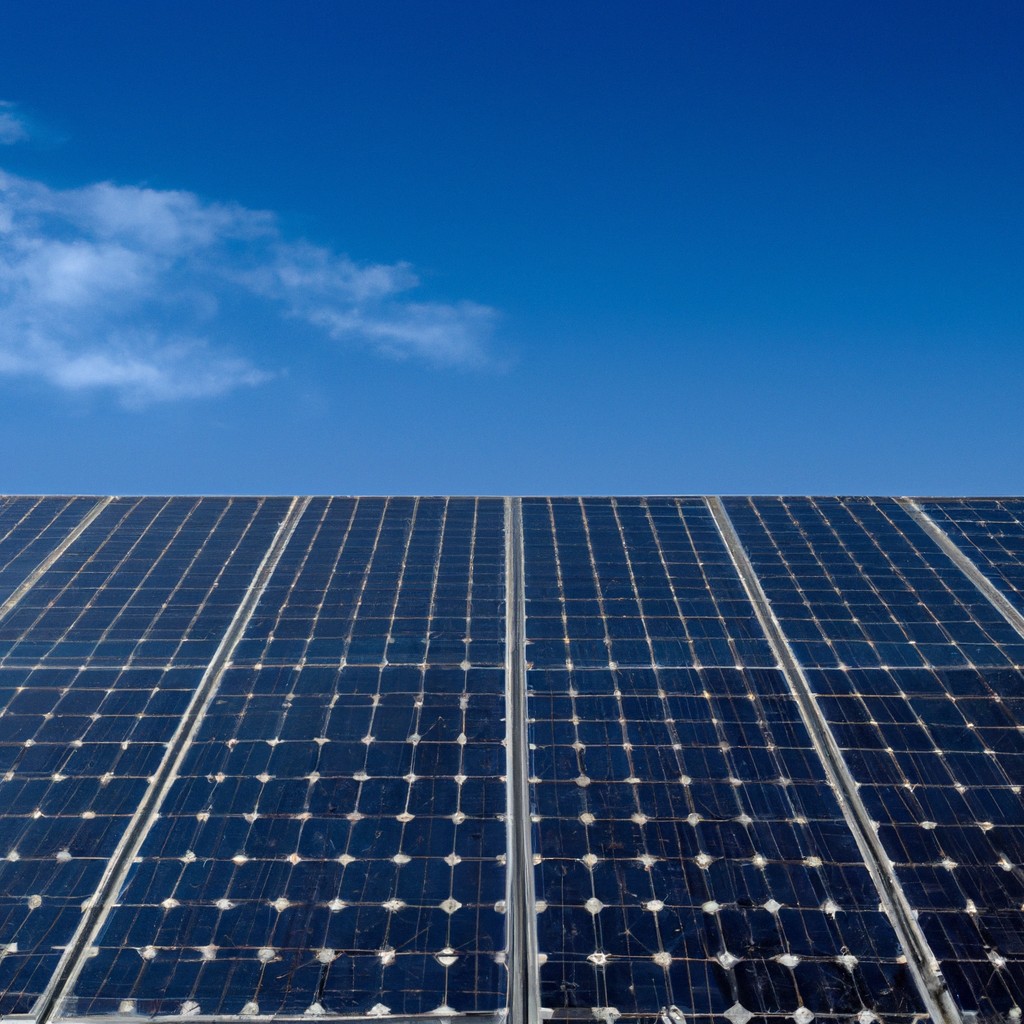This article provides detailed insights into the cost of solar panels for a 3,000 square foot house, enabling homeowners to make informed decisions about solar energy investments.
Key takeaways:
- Average cost per watt: .50-.50 before credits/incentives
- Factors influencing costs: Energy consumption, panel quality, roof characteristics, local weather patterns, installation costs
- Financing options: Leasing, solar loans, power purchase agreements, home equity options
- Tax incentives: Federal Investment Tax Credit (30% through 2032), state/local incentives, utility rebates
- Long-term benefits: Reduced electricity bills, net metering credits, increased property value, protection against rising energy costs.
Average Cost Per Watt for Solar Panels

Solar panel pricing can vary significantly based on a range of factors, including the type and efficiency of the panels chosen. On average, residential solar panels cost between $2.50 and $3.50 per watt before any tax credits or incentives. This metric is essential as it allows for a consistent comparison across different types of solar panels and system sizes.
To estimate the total cost for a panel system:
- 1. Determine your energy needs by examining past electricity bills or consulting with an installer.
- 2. Multiply your home’s hourly energy requirement by the peak sun hours in your area, then divide the result by a panel’s wattage to calculate the number of needed panels.
- 3. Finally, multiply the number of panels by the cost per watt.
Remember, higher efficiency panels often cost more but can require less space and yield more energy over time.
Factors Influencing Costs for a 3,000 Square Foot House
Several key elements affect the overall cost of solar panel installation for a sizable residence:
1. Energy Consumption: Prior to installation, assess the household’s energy needs. A higher energy demand increases the number of panels required.
2. Solar Panel Quality and Type: Premium, high-efficiency panels are more costly but offer greater long-term savings compared to standard panels.
3. Roof Characteristics: Installation complexity varies with roof size, material, pitch, and orientation. Complexity can influence labor costs.
4. Local Weather Patterns: Areas with more sun exposure may require fewer panels, while regions with less consistent sunlight might need additional panels or technology to optimize energy production.
5. Installation Costs: Labor expenses can vary significantly based on the installer’s expertise and your geographical location.
6. Additional Equipment: Costs may include inverters, batteries for storage, and monitoring systems.
Considering these factors provides a tailored cost estimate for outfitting a 3,000 square foot house with solar power.
Financing Options for Solar Panel Installation
Homeowners interested in installing solar panels can explore various financing options to manage the initial investment. Leasing programs allow individuals to use solar energy without owning the panels, typically requiring no upfront costs and including maintenance in the monthly lease payment. Solar loans, much like traditional loans, enable the purchase of a solar system with fixed monthly payments, often with favorable interest rates and terms.
For those seeking ownership benefits without paying the full cost upfront, Power Purchase Agreements (PPAs) provide an alternative. A PPA involves a third-party owning the system while the homeowner pays for the electricity generated at a predetermined rate, which is usually lower than local utility prices.
Another useful strategy is to tap into home equity through a Home Equity Line of Credit (HELOC) or Home Equity Loan, which might offer tax-deductible interest, although this depends on individual financial situations.
It’s advisable to compare these options, considering factors such as credit scores, local incentives, and personal financial goals to choose the most suitable and economically advantageous approach for solar panel installation.
Tax Incentives and Rebates for Solar Panel Installation
Federal, state, and local governments offer various tax incentives and rebates to encourage the adoption of solar power. The most significant is the federal solar Investment Tax Credit (ITC), which allows homeowners to deduct 30% of the cost of installing a solar energy system from their federal taxes with no upper limit. This credit is available through 2032 and steps down to 26% in 2033, and 22% in 2034.
State and local incentives can further reduce costs. Some states offer additional tax credits, while others provide cash rebates, performance-based incentives like solar renewable energy certificates (SRECs), or expedited permits and fee waivers. Property tax exemptions for the added home value from solar installations can also result in savings.
Utility companies sometimes offer rebates for solar power systems. These programs can vary widely by company and region, rewarding you with an upfront discount on the cost of your solar panels.
To capitalize on these incentives, thorough research or consultation with a tax professional is advisable. Always check the Database of State Incentives for Renewables & Efficiency (DSIRE) for up-to-date information on available solar incentives in your area.
Long-Term Financial Benefits
Investing in solar panels for your 3,000 square foot home can present substantial financial savings over time. Reduced electricity bills are the most immediate benefit, as solar power can significantly offset energy usage, depending on panel efficiency and household consumption.
With net metering policies in many areas, homeowners can also receive credits for excess power their systems generate, leading to further savings.
The increase in property value is another advantage. Homes with solar installations often command higher prices on the real estate market. Additionally, solar panels have a lifespan of 25 to 30 years, granting homeowners decades of potential savings after the initial payback period.
Lastly, solar power protects against rising energy costs by locking in low electricity rates, offering a buffer from fluctuating utility prices.
Also Read:
- How Much Do Solar Panels Cost for a 2,000 Square Foot House: An Informative Overview
- Which 11 States Get Free Solar Panels: Eligibility and Programs Explained
- How Much Do Solar Panels Cost for a 2,500 Square Foot House: Cost Factors and Savings
- Average Monthly Electric Bill with Solar Panels: Understanding Your Savings
- Do Solar Panels Save Money: In-depth Understanding and Analysis